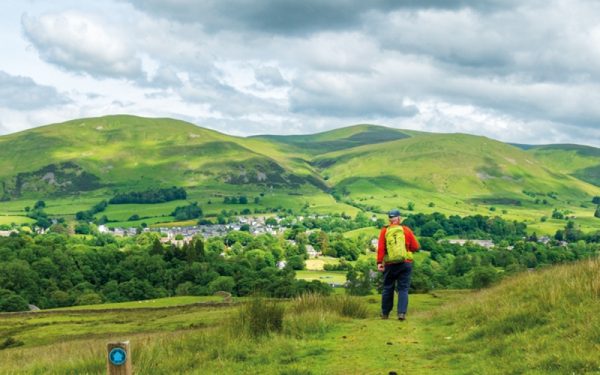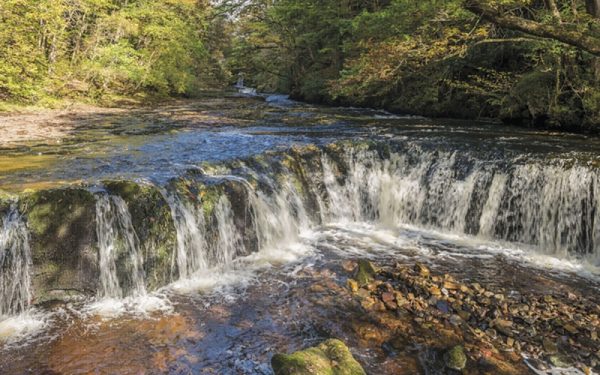
Article · 8 Apr 2025
Peaks of the Balkans experience: what it’s like to hike the remote cross-border trail
We caught up with Rudolf Abraham to hear about his experience hiking the Peaks of the Balkans trail while researching and writing our guidebook. Spanning three countries —...

















